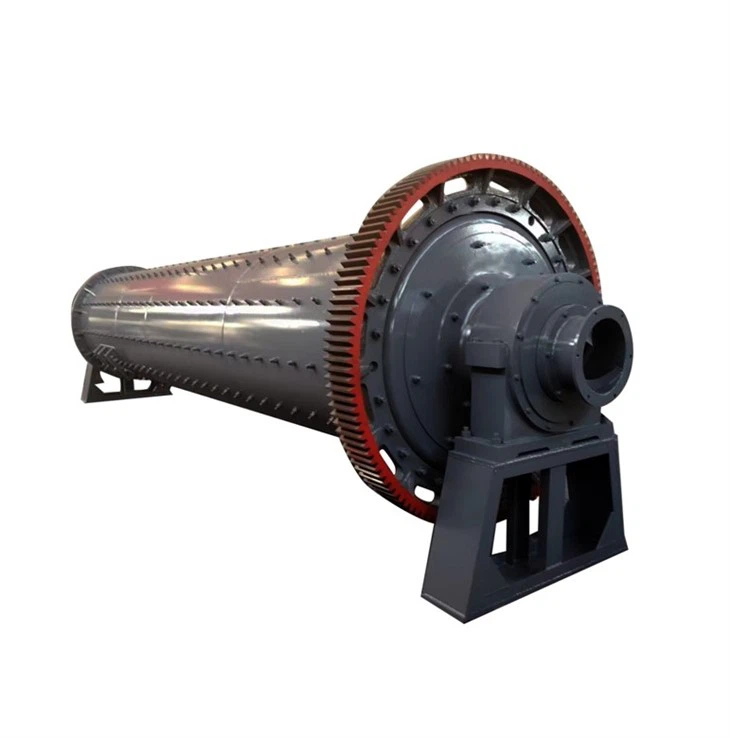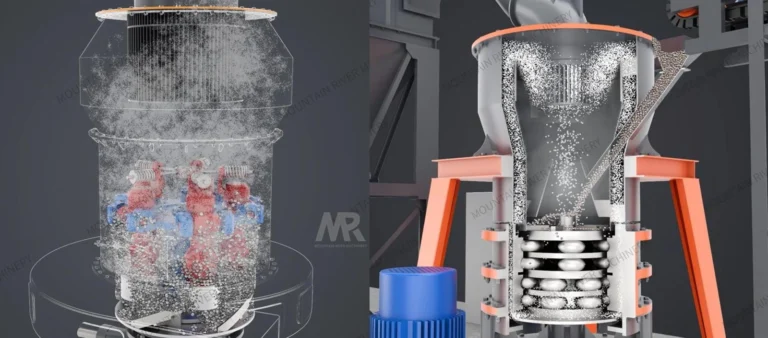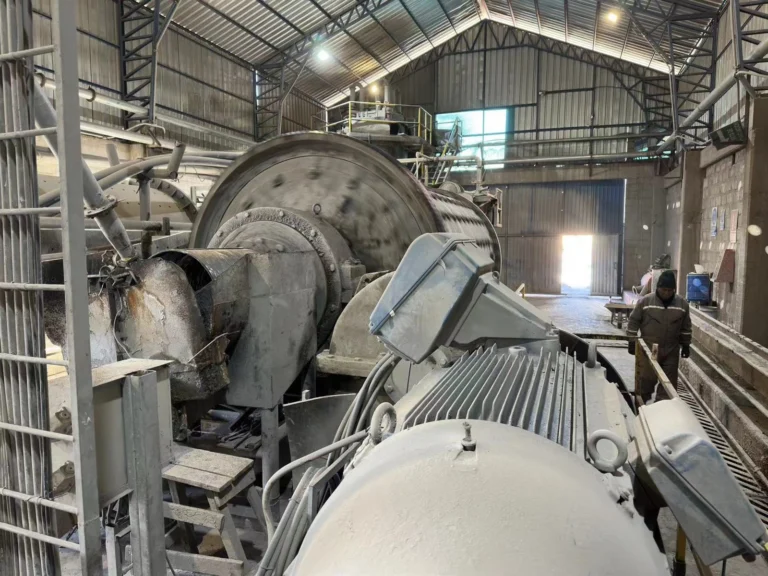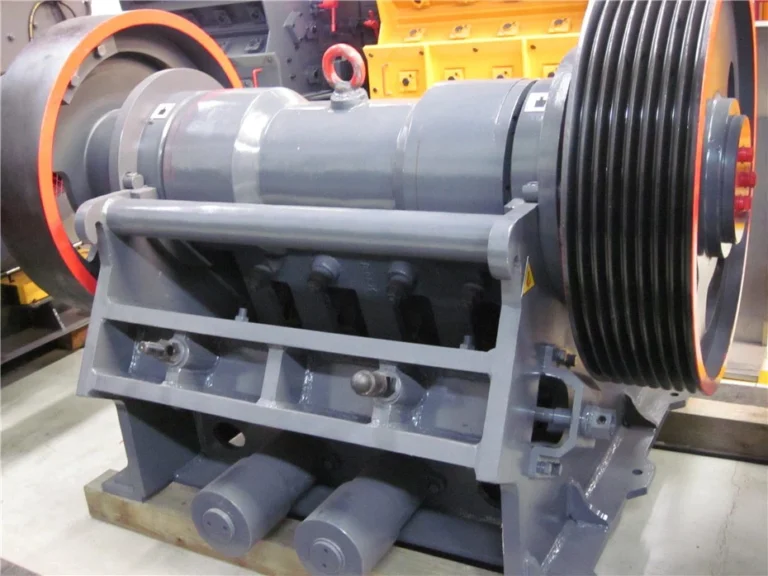What Are The Three Main Types Of Classifiers?
What are the Three Main Types of Classifiers?
In machine learning, classifiers are algorithms that help in categorizing input data into different classes or labels. They are an essential part of many applications in fields such as natural language processing, image recognition, and data mining. Classifiers play a crucial role in pattern recognition and predictive modeling. There are numerous types of classifiers available, but in this article, we will focus on the three main types: probabilistic classifiers, decision tree classifiers, and neural network classifiers.
Probabilistic Classifiers
Probabilistic classifiers are based on the principles of probability theory. They assign probabilities to each possible class label, and then make predictions based on these probabilities. Naive Bayes classifiers are one of the most commonly used probabilistic classifiers. Naive Bayes is a simple and fast algorithm that assumes independence among the features. It is widely used for text categorization, email filtering, and sentiment analysis.
Another popular probabilistic classifier is logistic regression. Logistic regression is a statistical model that uses a logistic function to model the probability of a certain class. It is commonly used for binary classification problems. Logistic regression can be extended to handle multi-class classification problems using techniques like one-vs-rest or softmax regression.
One of the advantages of probabilistic classifiers is their ability to provide a measure of confidence in their predictions. By using probabilities, they can quantify the uncertainty associated with each prediction. This makes them particularly useful in applications where knowing the certainty of a prediction is important.
Decision Tree Classifiers
Decision tree classifiers are a type of supervised learning algorithm that is based on a hierarchical structure resembling a tree. Each internal node of the tree represents a test on an attribute, and each branch represents the outcome of that test. The leaves of the tree represent the class labels.
The construction of a decision tree involves selecting the best attribute to split the data at each step. This selection is usually based on a criterion that measures the purity or impurity of the resulting subsets. The most commonly used impurity measures are Gini Index and Information Gain.
One of the major advantages of decision tree classifiers is their interpretability. The decision rules inferred from a decision tree can be easily understood and visualized. Decision trees are also capable of handling both numerical and categorical data, making them versatile for various types of datasets.
However, decision trees are prone to overfitting, especially when the tree becomes too complex. Techniques like pruning and ensemble methods have been developed to address this issue. Random Forests and Gradient Boosting are popular ensemble methods that combine multiple decision trees to improve the overall performance.
Neural Network Classifiers
Neural network classifiers, also known as artificial neural networks or simply neural networks, are a type of machine learning model inspired by the structure and functioning of biological neural networks. Neural networks consist of interconnected artificial neurons, organized in multiple layers. The connections between the neurons have associated weights, which are adjusted during the training process.
A neural network classifier learns to recognize patterns and make predictions by iteratively adjusting the weights based on the input data. The hidden layers of the network enable it to learn complex representations and capture non-linear relationships in the data. The output layer of the network provides the final prediction.
Deep learning, a subfield of neural networks, has gained significant attention in recent years. Deep neural networks are characterized by having multiple hidden layers, allowing them to learn hierarchical representations of the input data. Convolutional Neural Networks (CNNs) and Recurrent Neural Networks (RNNs) are commonly used in image recognition and natural language processing tasks, respectively.
Neural network classifiers have shown remarkable performance in a wide range of applications, including image classification, speech recognition, and recommendation systems. However, training deep neural networks can be computationally expensive and requires a large amount of labeled data.
Conclusion
In conclusion, the three main types of classifiers are probabilistic classifiers, decision tree classifiers, and neural network classifiers. Probabilistic classifiers, such as Naive Bayes and logistic regression, assign probabilities to each class label to make predictions. Decision tree classifiers construct a hierarchical structure to determine class labels based on attribute tests. Neural network classifiers, inspired by biological neural networks, learn complex representations and make predictions through interconnected artificial neurons.
Each type of classifier has its strengths and weaknesses, and the best choice depends on the specific problem and dataset. Understanding these main types of classifiers is essential for machine learning practitioners and researchers, as they form the foundation of many advanced algorithms and techniques in the field.






